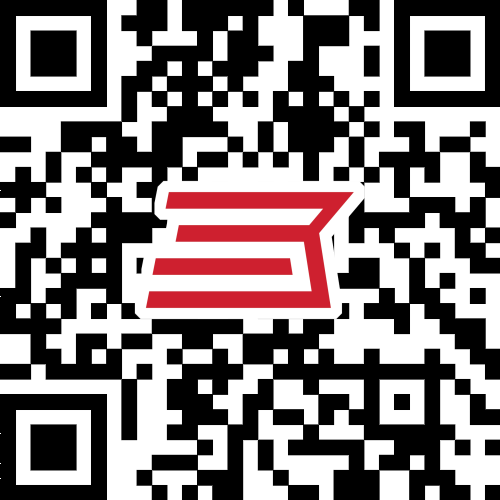- Savage Blog
- Training Hunting Dogs in the Offseason
Training Hunting Dogs in the Offseason

The offseason doesn’t mean there isn’t work to be done for serious bird hunters and their canine companions. In fact, the months before hunting season are the most important for training hunting dogs. Whether you’re working with a retriever for waterfowl or a pointer for upland birds, the offseason is prime time to sharpen hunting skills and condition your dog for peak performance.
In this guide, we’ll cover effective training techniques, where you can train your dog, and which tools can make training hunting dogs easier and more rewarding.
Types of Offseason Training for Hunting Dogs
A well-trained dog is the result of thorough repetition, structure, and year-round commitment. The offseason provides a perfect opportunity to focus on foundational drills, advanced skills, and physical conditioning so that you and your partner will both be ready when your hunting season opens. Here are a few drills to work through during the offseason.
1. Bird Retrieval Drills
Retrieving gun dogs benefit from consistent retrieval practice throughout the offseason. It’s great practice to work on retrieval cues and commands to make sure your dynamic is sharp before the season.
Land and water bumper work helps reinforce mark and memory skills. Toss the bumpers to simulate a game bird downed by gunfire, then work with your dog on retrieving the bumpers.
Double and triple marks simulate real-world hunting retrieves. Set out multiple bumpers to simulate multiple birds down on a retrieve and help your dog stay accustomed to different scenarios.
Blind retrieves build trust in hand signals and whistle control, and are important for helping your dog know what to do whenever they don’t see the bird go down. Reinforce these commands by setting bumpers up ahead of time without your dog seeing where they are located.
Incorporate different terrains and water access points to vary conditions and simulate real-world situations. If you can, head out to your hunting spot and practice in your spots so your dog will be familiar with the terrain and objects around.

2. Obedience and Control Commands
At the core of training hunting dogs is mastering basic commands. These commands are the foundation for a well-behaved and well-trained dog in the field. It’s always a good idea to brush up on obedience during the offseason as part of your training routine.
Sit, stay, here, heel, and whoa should be second nature for your pup. Reinforcing these commands is crucial to maintaining good field communication.
Whistle training adds distance communication flexibility in the field. This training helps you continue communicating with your dogs when they’re out of sight or farther away.
Use consistent voice and tone—timing is critical for reinforcement and your dog's understanding of your commands.
Refresher sessions several times a week can help maintain responsiveness, even in high-distraction environments where multiple hunters and dogs may be working.
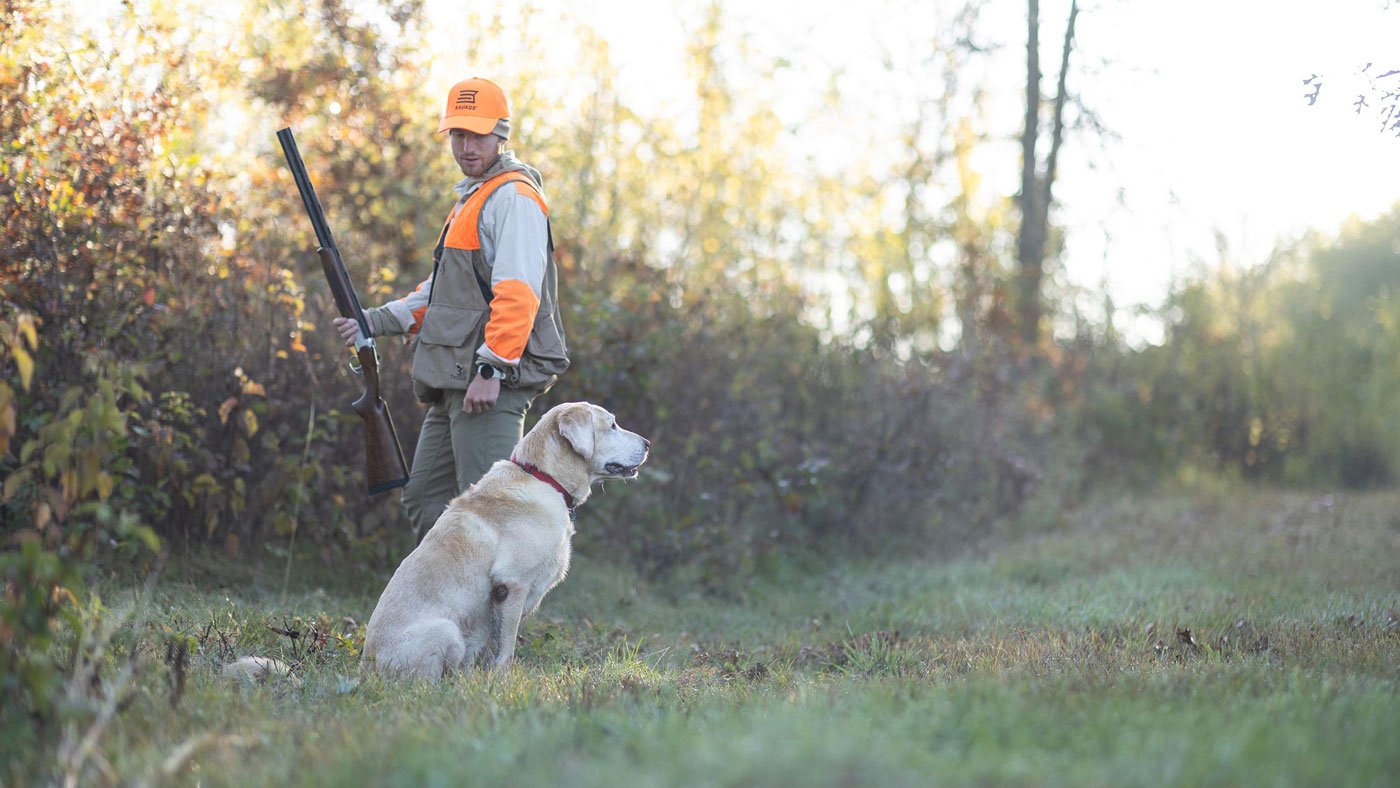
3. Pointing and Flushing Work
For upland breeds, pointing and flushing drills are essential for maintaining skills during the offseason. There are several different ways you can help keep your pointing or flushing dog’s skills sharp.
Use planted pheasants, quail, chukar, or birds to simulate real bird behavior. Check for upland bird farms in your local area that have training programs where you can bring your dog in for training with live birds.
Reinforce steady-to-flush and steady-to-shot performance. Reinforcing these commands is important to keep your dog from jumping and flushing a bird too early before you are set up to take the shot.
Practice quartering in the field to help your dog learn to work a consistent pattern. Set up training dummies in a quartering pattern to help reinforce the optimal path for them to track and search for birds in the field.
Short, frequent sessions are better than long, exhausting ones—focus on quality training sessions that will keep your dog fresh and in good shape.
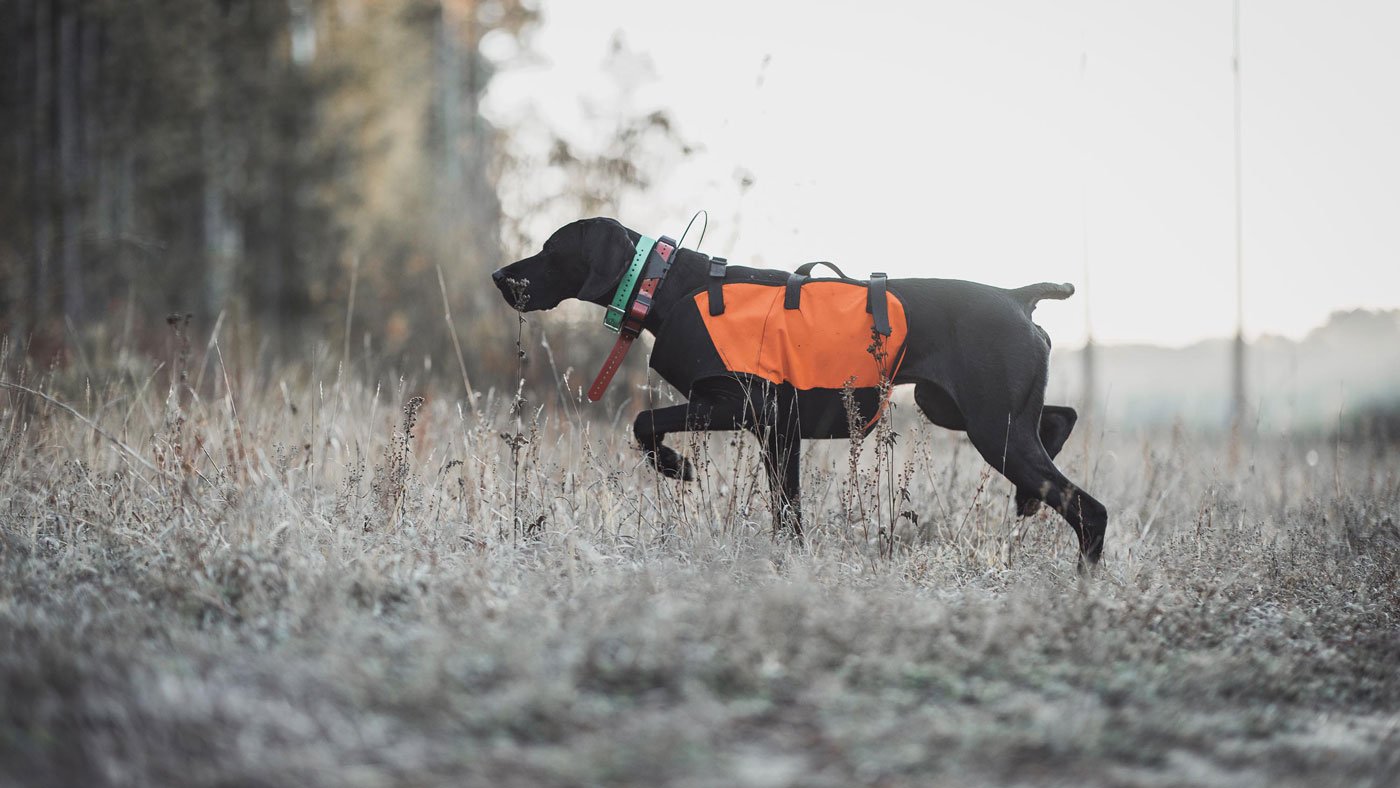
4. Physical Conditioning
Beyond skill, a well-conditioned dog is less likely to get tired easily or be injured during the season. Conditioning your dog is easy, and it’s a great way to help keep yourself in shape as well!
Take your dogs on your jogs, runs, and hikes with you. If you’re training a waterfowl dog, include water retrieves in your training plan to help reinforce swimming skills and give your dog more exercise.
Occasionally, plant bumpers at longer ranges to simulate long-range retrieves and keep your dog well-conditioned for these retrieves..
Keep workouts short in hot weather, with consistent breaks for water and rest in the shade. Dogs can get heat stroke or heat exhaustion as well, and knowing these signs is important when training or working in the summer or during early dove and teal seasons.
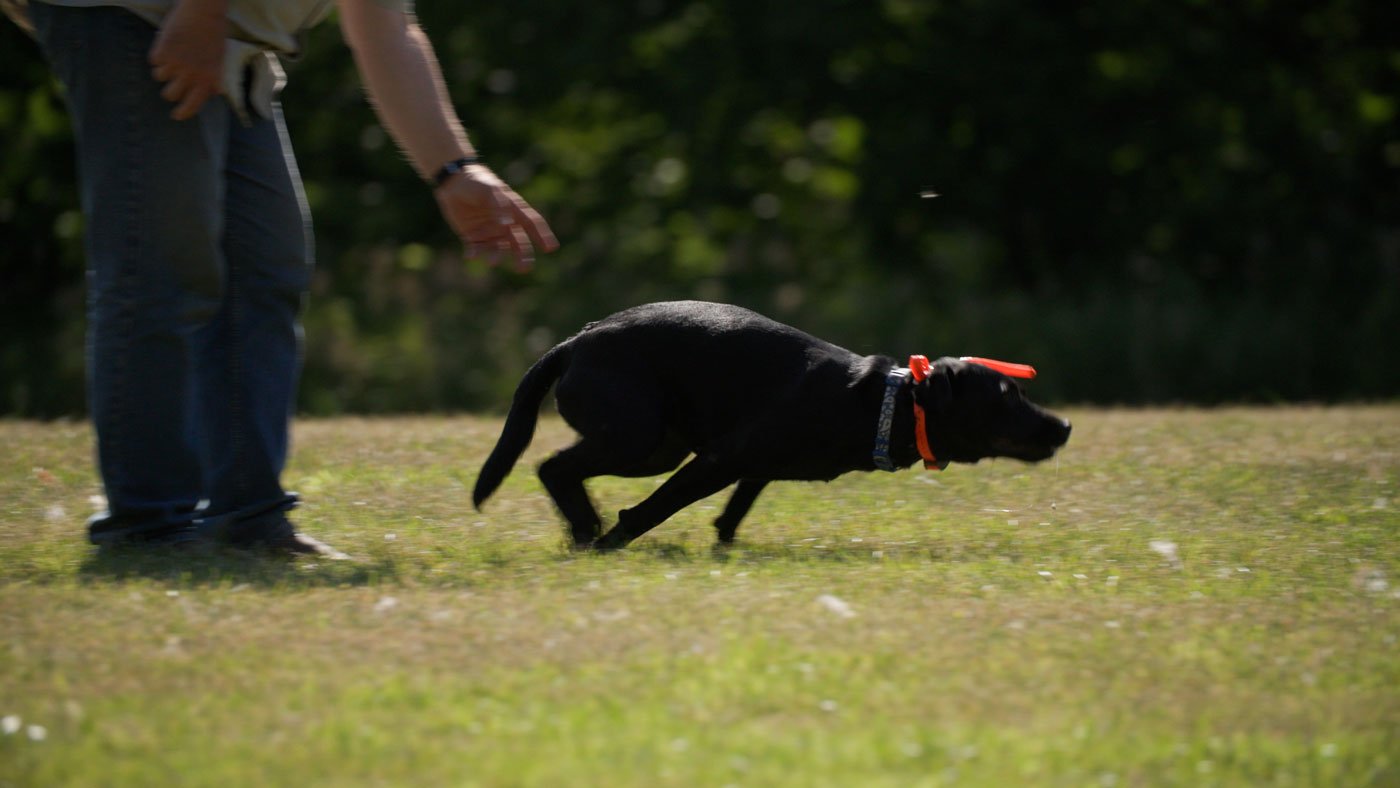
Where to Train Hunting Dogs in the Offseason
Finding an appropriate area for training hunting dogs is just as important as the training itself. While some training can be done in your backyard, some of the most important training for pointing, flushing, and retrieving requires a good amount of open space. Here are some areas to consider.
1. Public Lands and Wildlife Management Areas (WMAs)
Public hunting lands can be a great spot to train your dogs during the offseason, especially to help familiarize them with a variety of different terrains and situations. However, regulations can vary on access to these areas during the summer months, so check your local regulations carefully.
Some states may require a training or special use permit to train dogs on public hunting areas in certain seasons. Consult your local regulations or contact your state’s wildlife agency for specific rules.
Some areas limit training during bird nesting periods (typically late spring through summer). These areas will often be posted with signage specifying these closings.
Live, captive birds may not be allowed for training on public land without a special license. Some states will allow you to chase wild birds while training on public land, but they cannot be captured or killed in the process.
Always check your state wildlife agency’s regulations before training in public use areas. For the best local information, contact your regional office or local conservation officer for more information.

2. Private Property
Private land offers flexibility and fewer restrictions for offseason work. Some landowners may also run training operations or game bird farms that offer training services with live birds.
Seek permission from local landowners or lease training space through hunting clubs. If you plan on asking permission from a landowner to hunt, ask if you can also train your dog on the property and work out a schedule with the landowner that respects their usage of the land.
You’ll have better opportunities to use launchers, live birds, and long-range drills on private land, and you can often set up targets and training spots ahead of time.
Ensure safe boundaries and minimal distractions, especially in rural areas with livestock. Work with landowners to find a suitable location on their property for training hunting dogs.
If you don’t have the space available to lease or ask permission for, consider training your dog at a local hunting dog kennel. Many of these kennel facilities have open training programs where you can bring your dog in for training and work with them, or have kennel staff train with them to help get them ready for the season ahead.
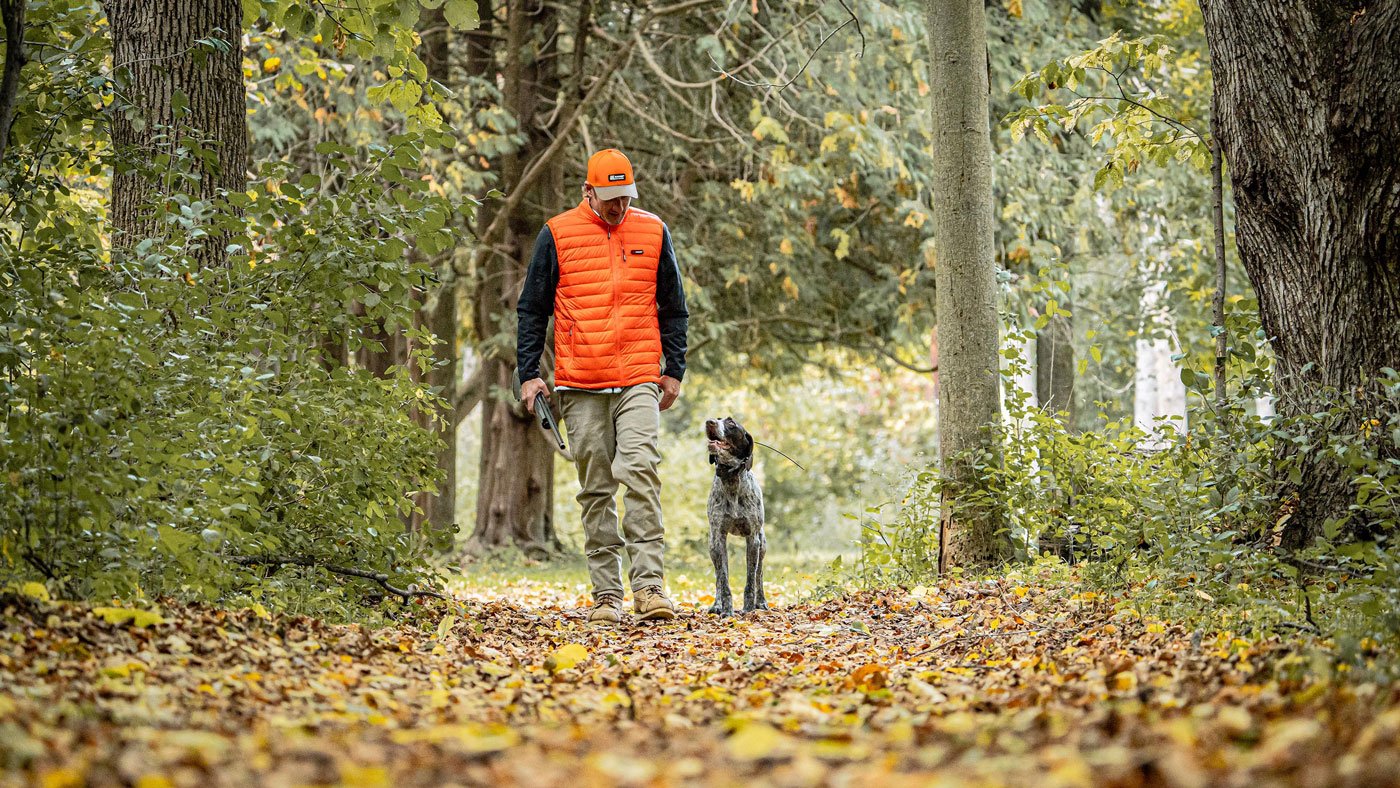
Gear and Resources for Training Hunting Dogs
Having the right equipment on hand makes training hunting dogs safer, more productive, and more enjoyable for you and your dog. Here are a few must-haves and other equipment that you need for a successful training session!
Must-Have Tools
Training bumpers: Durable plastic dummies that are used to simulate a downed bird for retrieving. Available in multiple sizes and weights to simulate a variety of birds.
Check cords: Excellent for early recall training, quartering, and controlling young or stubborn dogs that are having difficulty learning how to quarter a field.
Whistle and lanyard: Great for clear communication at a distance, whistle commands are useful for long-distance retrieves where a dog may have difficulty hearing voice commands.
Launchers: A versatile training tool that can be used to simulate flushing birds in pointing drills or long-distance marks for retrieving drills.
Additional Helpful Equipment
Dog blind or stand: Getting your waterfowl dog used to a blind or stand is important to help them stay concealed easily in the blind and get them comfortable with the equipment used in the field.
Water bowls, shade tents, and fans: Having bowls, tents, and portable fans is important for keeping your furry friend cool during training in the hot summer months.
First aid kit: Training in rough terrain can potentially lead to injuries in the field. Keeping a first aid kit handy is useful for treating minor injuries that your pup may incur in the field.
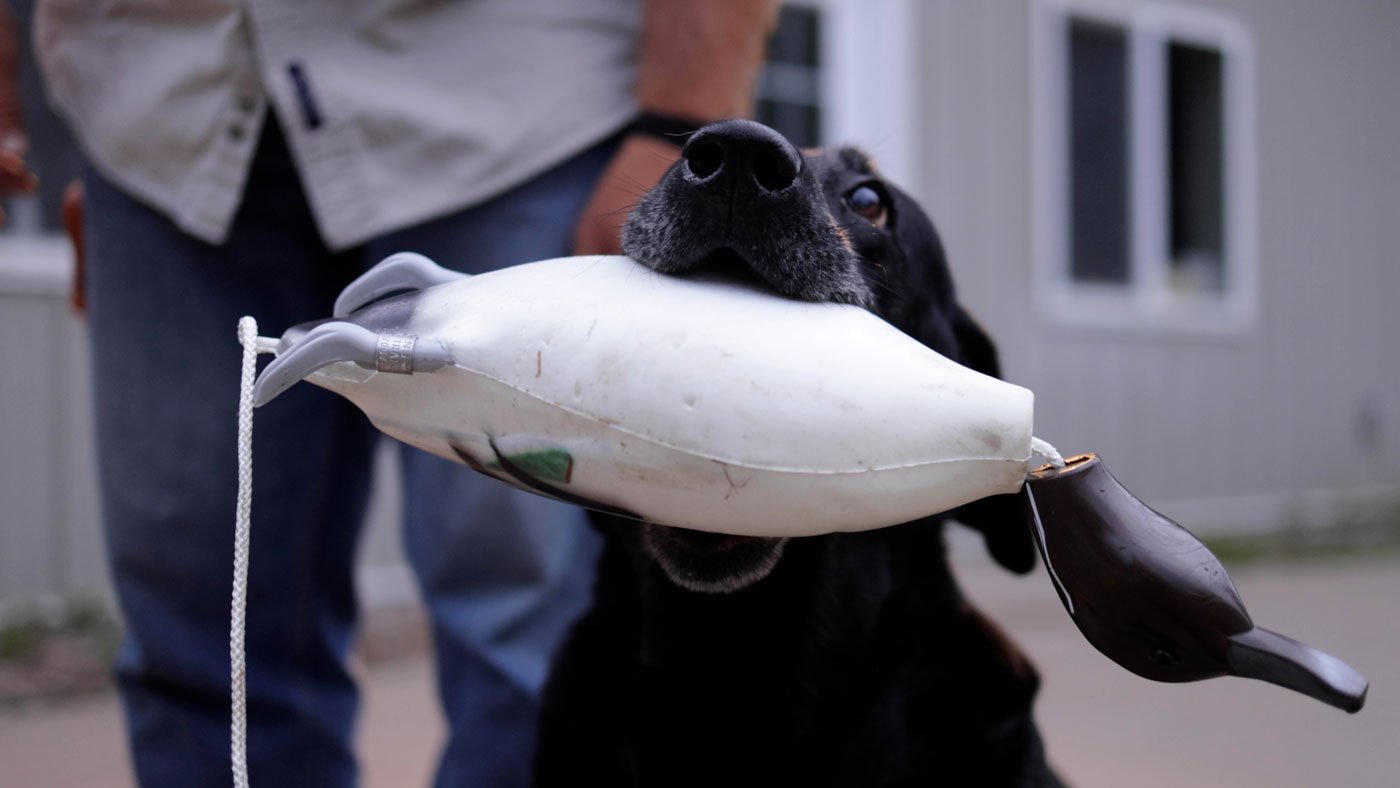
The offseason is the perfect time for training hunting dogs to become more disciplined, skilled, and confident. Whether you're preparing a pup for their first season or keeping a veteran dog sharp, regular offseason training pays dividends when the birds start flying again.

